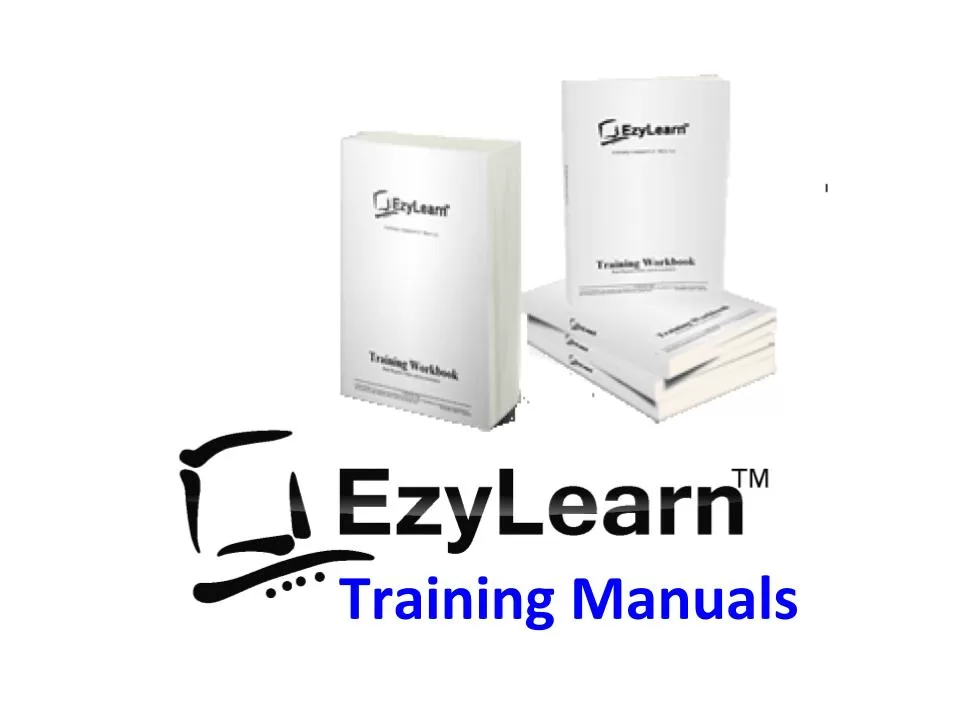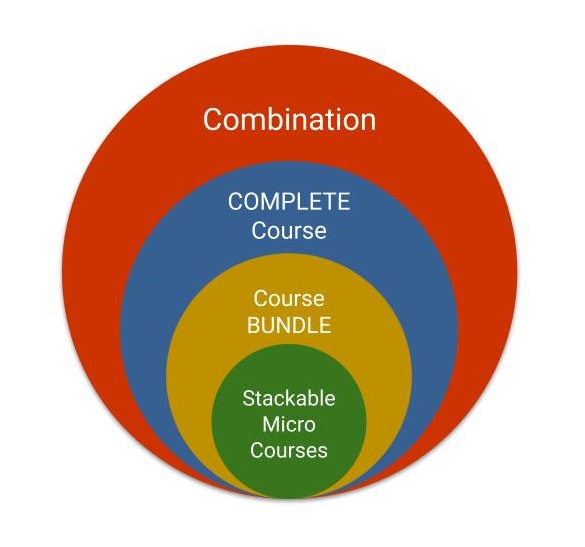Description
Bank Reconciliation — Loan Account
Loans from the business to owners and directors requires it’s own compliance checks, but in this section of the course we’ll include the transactions and code you need to enter to keep a record of funds loaned to the business, including:
- creating a loan account,
- transferring loan funds,
- transaction details and accounts payable,
- setting up accounts payable,
- linked accounts and
- editing or deleting a transaction entry.
Bank Reconciliation — Entering Transactions
This course contains a bank statement where you’ll need to enter and code the transactions then run a bank reconciliation to discover that there are omissions and errors that you’ll need to fix – you’ll get to see what this looks like and then edit and enter the correct transactions and complete the reconciliation.
- Creating customer cards,
- creating inventory items,
- entering a sale and payment,
- spending money,
- receiving money from a client
- reconciling your cheque account to your bank statement.
Bank Reconciliation – International Credit Card Payments
Often the service in overseas countries is cheaper or better or there simply isn’t an available comparative product in Australia so we pay for overseas services. When we do this we don’t pay GST and we incur credit card charges. You’ll learn how to manage
- journal entries,
- GST and tax coding and
- reconciling.
Handling Basic Payroll Transactions
If you are a small business you may pay yourself, your partners or even casual workers adhoc amounts each week or month. These transactions need to capture the right codes and also be included in your bank reconciliations.
As long the correct amount of tax is paid and the employers’ obligations are met then the business owner is doing everything right. We’ll show you how some small companies manage these transactions for closely held employees like the business owners and directors.
This component of the course is designed to demonstrate the different tax, GST and liability accounts that are involved in a payroll administration transaction.
Purchasing Assets – Company Vehicle
Some times larger equipment is purchased and paid for from operating cash flow. In this situation the asset isn’t written off immediately as an expense but depreciated every year for a certain number of years.
You’ll learn how to code this type of transaction correctly.











